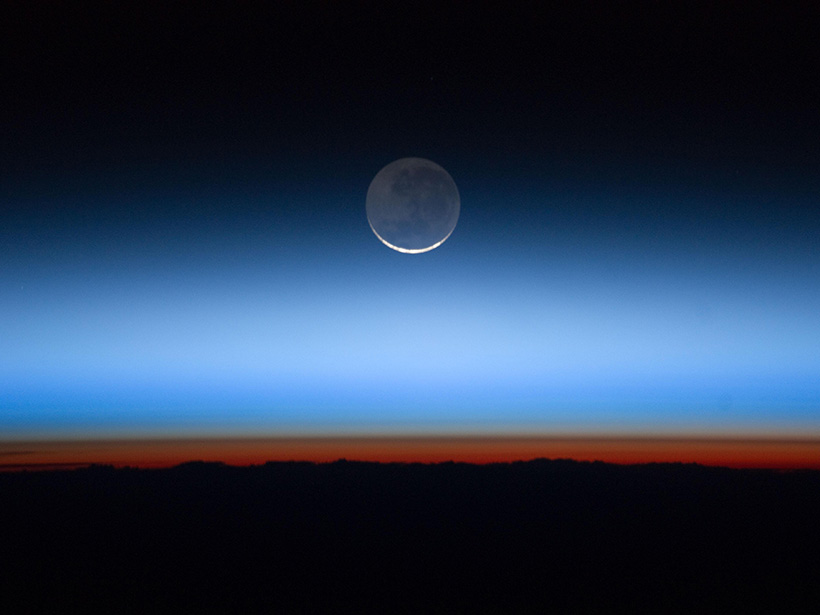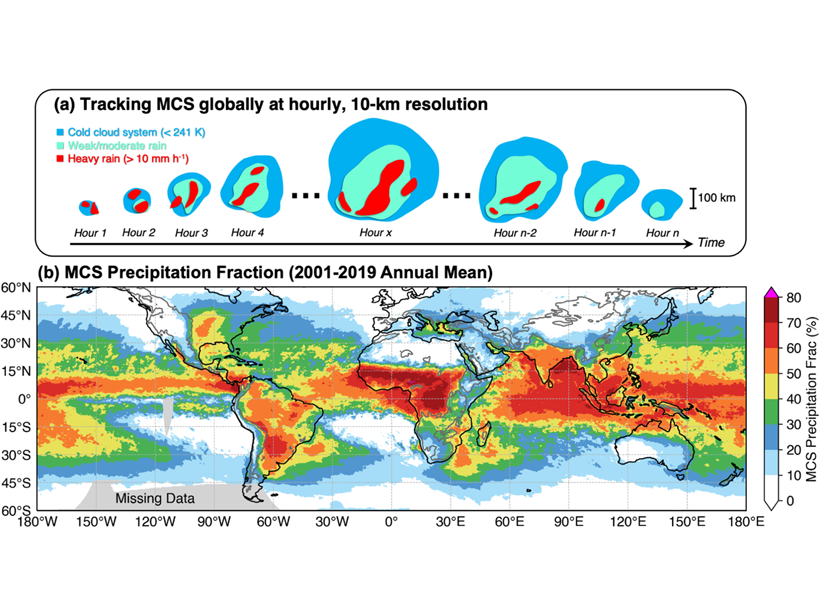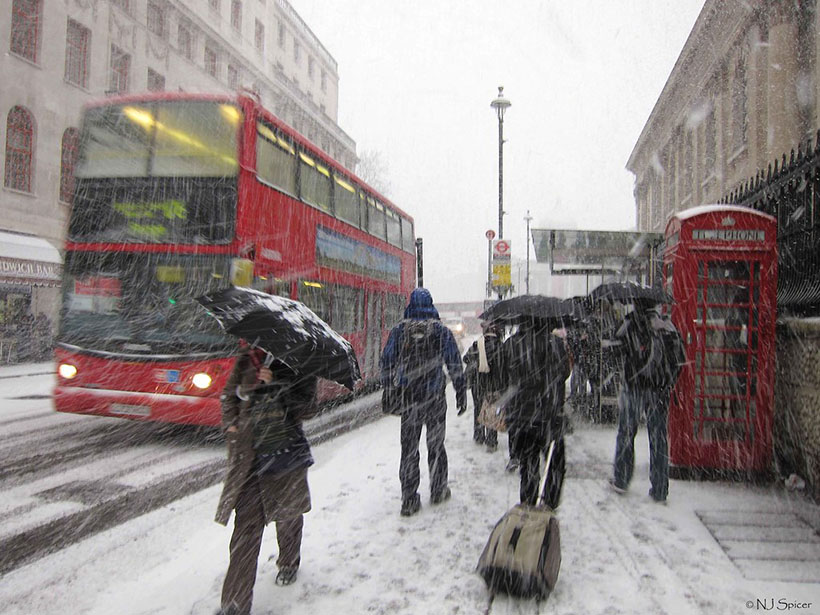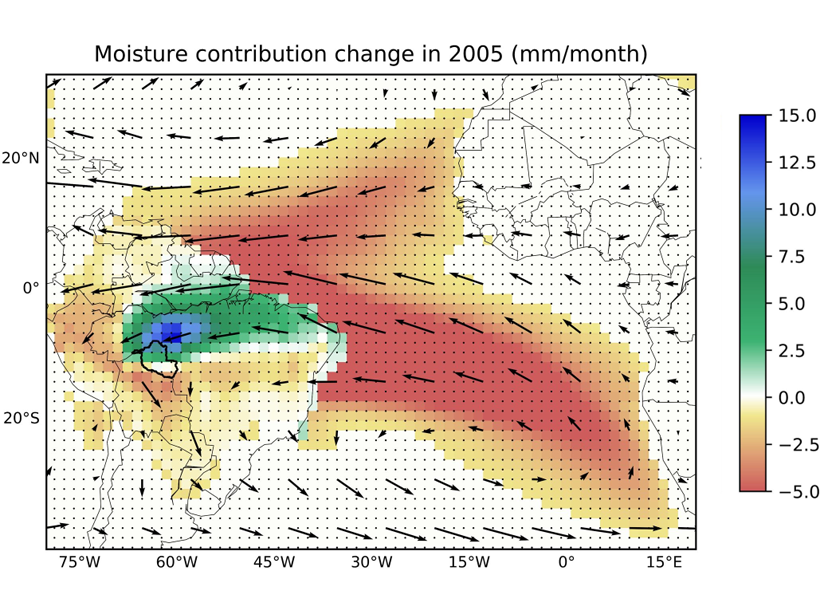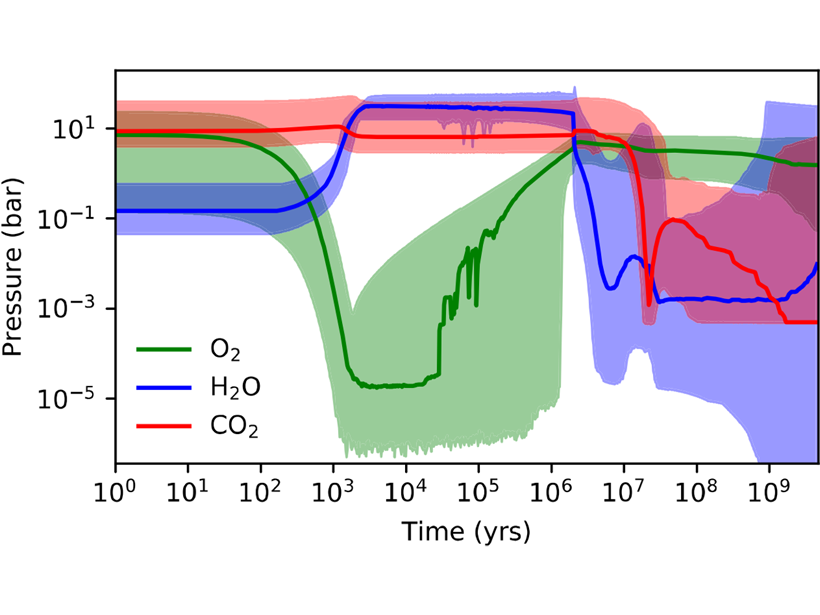Spaceborne lidar shows that more ice than expected is leaving the tropical tropopause layer in the atmosphere.
everything atmospheric
New Global Mesoscale Convective System Tracking Database
A 20-year high-resolution global mesoscale convective system tracking database reveals the characteristics of mesoscale convective systems and their significant contributions to global rainfall.
Dune Aurora Explained by Satellite-Ground Studies
Spacecraft observations support the mechanism for explaining auroral dunes observed from the ground by citizen scientists.
Noctilucent Clouds Light Up Northern Germany
A shift in the tropopause jet may have triggered the unusual number of high-altitude clouds that briefly appeared in the early summer of 2019.
Global Effects of Disruptions to the Stratospheric Circulation
Major disruptions to the stratospheric circulation have far-reaching effects, including increased likelihood of snowstorms, growth of the ozone hole, and interference in global telecommunications.
Upwind Forest Buffers Rondonia Cropland Against Regional Drought
During severe Amazonia droughts when oceanic supply of moisture failed, the magnitude of rainfall reduction over Rondonia was moderated by enhanced moisture supply from upwind forests.
Paying Attention to the “Ignorosphere”
Scientists discuss geospace and what we could learn if we put some more eyes on this region in the atmosphere. Read more in our special themed issue.
Is Atmospheric Oxygen a Planetary Signature for Life?
While some Earth-like worlds can generate significant O2 only by biology, “waterworlds” and “desert worlds” can build up O2 even without life because of chemical changes from atmosphere loss to space.
A Space Hurricane Spotted Above the Polar Cap
Researchers have identified a high-latitude phenomenon that looks remarkably like a tropospheric hurricane, with spinning arms of plasma and a shower of electrons.
After the Dust Cleared: New Clue on Mars’ Recurring Slope Lineae
An imaging campaign after the 2018 planet-encircling dust storm on Mars revealed a significant increase in detections of enigmatic recurring slope lineae and new insights into how they might form.

